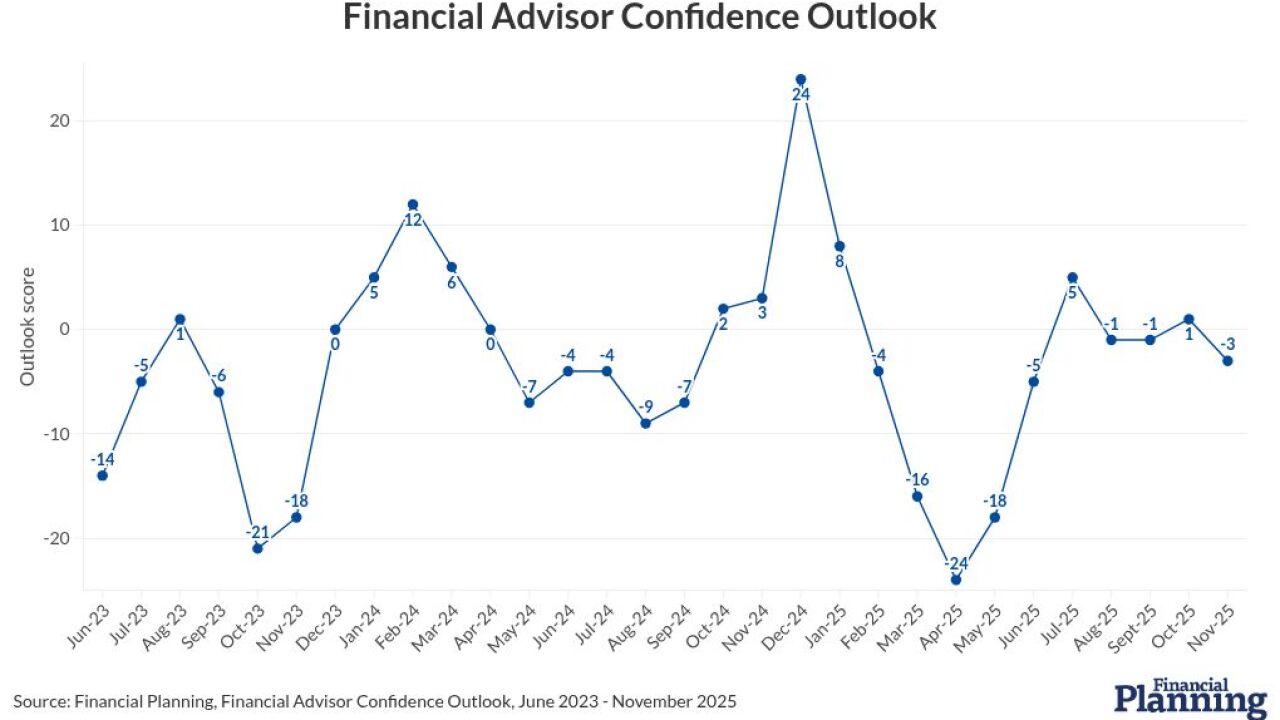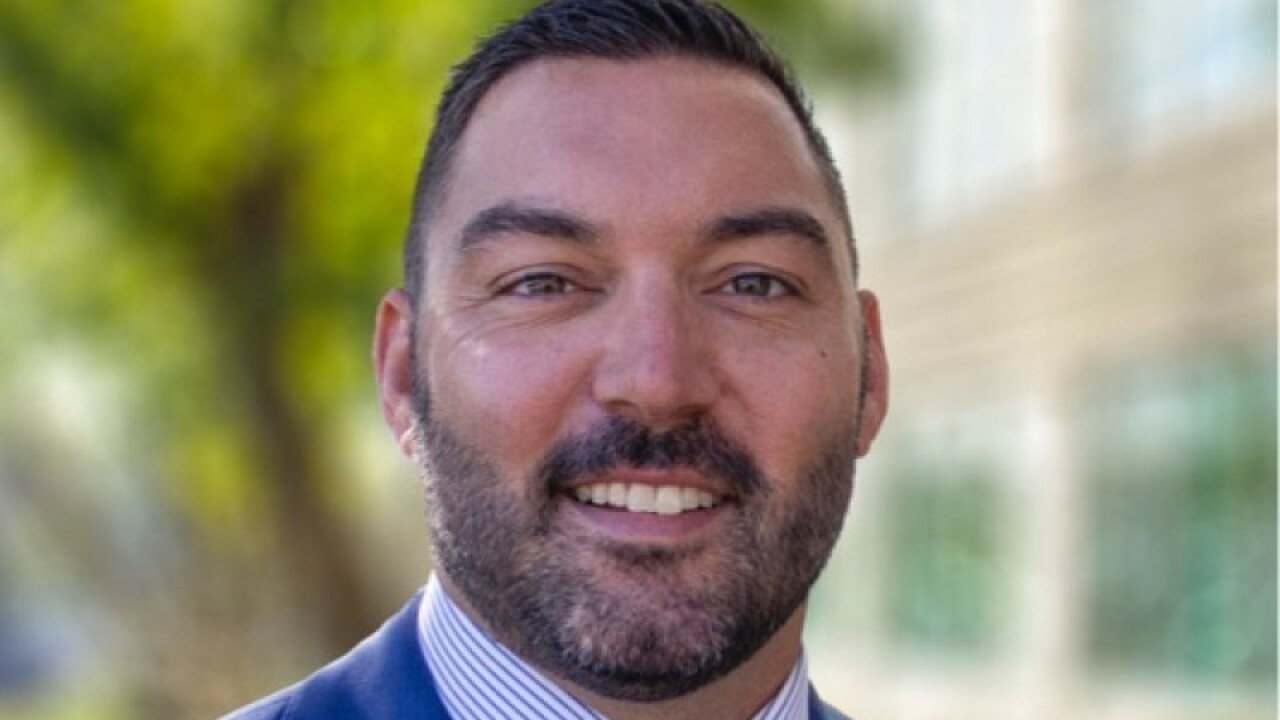Some of the nation's biggest banks are strategically expanding in fast-growing markets, even as scores of closings garner the biggest headlines.
Large institutions, intent on cutting costs and responding to
Under the surface, institutions such as Bank of America, JPMorgan Chase and U.S. Bancorp have been entering or expanding in large metropolitan markets by selectively adding branches or hiring lenders.
Organic growth may be the only way for those banks to expand, since regulators are unlikely to sign off on deals involving large buyers, industry observers said. Though usually low-risk endeavors, branching can be expensive given the time it takes for a new office to become profitable.
"Historically, the biggest banks acquired their way into scale," said Chris Mutascio, an analyst at Keefe, Bruyette & Woods. "While that is no longer possible, there are still some markets that they'd like to penetrate. This is going to be a longer payout process, so... any type of branch expansion is going to be specifically targeted."
B of A seems intent to target the mass-affluent market. The Charlotte, N.C., banking giant opened a flagship branch in Denver in December located in the city's tony Cherry Creek neighborhood, where it sits across the street from a mall anchored by Neiman Marcus, Nordstrom and Macy's.
The company expects to open two more branches around Denver this year, along with two Minneapolis branches in May, with all locations planned in well-to-do communities. Longer term, Aulebach said he expects to have roughly 10 branches and 20 to 30 ATMs in each market.
B of A's last major retail expansion took place in 2003 when it entered Chicago organically. Four years later it dramatically increased its presence by paying $21 billion
In Denver and Minneapolis, Bank of America is looking to put all of its capabilities in front of existing customers, said Rob Aulebach, the company's ATM channel and retail distribution executive. "We want our customers to have access to the full array of our financial resources, and bringing retail completes it," he said, adding that B of A had 250,000 existing customers in Denver.
B of A holds $755 million in deposits in Denver, or a 1.15% market share, according to June 30 data from the Federal Deposit Insurance Corp. The company's $59 million in Minneapolis deposits represent just 0.03% of the market.
Aulebach said Bank of America will aggressively compete for market share in Denver and Minneapolis, where Wells Fargo and U.S. Bancorp are big players. FirstBank is another formidable competitor in Denver, while TCF Financial has significant market share around Minneapolis.
"We think we can be a top player in these markets," Aulebach said.
"There's no question that Bank of America wants to cultivate its relationships with the mass affluent and higher up," said Mike Mayo, an analyst at CLSA. "The idea of opening branches in more-affluent areas just seems consistent with their overall approach."
With Merrill Lynch and its own name recognition, B of A is well-suited to compete with banks that have "home-field advantage," Mayo said, though success will rely on execution.
"Bank of America comes with a few more bells and whistles," Mayo said. "They have more overall heft in products and that gives them a lot of potential. They have their clout, the heft and the product breadth to make it work."
JPMorgan Chase in 2013 embarked on an expansion in Jacksonville, Fla., where it already had 3,500 back-office employees and one limited-service branch, said spokesman Mike Fusco. The New York company gained a significant presence in Florida when it bought Washington Mutual, and Jacksonville was the only market where it was lacking. The company now has 15 branches around the city, though it is still outside the top 20 in terms of deposit market share.
U.S. Bancorp, often considered one of the few banks that could potentially make an acquisition, has frequently stated that it is not interested in whole bank deals or entering new retail markets. The Minneapolis company, however,
"We're interested in expanding in markets we know and already have leadership in place," John Elmore, U.S. Bancorp's vice chairman of community banking and branch delivery, said. "Getting bigger doesn't necessarily mean getting better, so our feeling is that our greatest opportunity to get better is in the markets we're already in."
Not all of the big banks seem eager to expand in new or underrepresented markets.
Citigroup, which recently sold its branches in Dallas, Houston and Philadelphia, seems focused on existing markets. Wells Fargo, which some analysts believe could eventually expand into New England, hasn't telegraphed any particular moves.
Expanding without acquisitions requires certain skills. Bank of America's strategy rests on studying its customers and assessing their needs. For instance, Aulebach said the company operates in 19 of Denver International Airport's top-20 frequent destinations.
"You have to go about it in a way that consumers drive it," Aulebach said. "We look at where our customers and potential customers are and build the strategy around that."
Predictive analytics is the latest tool used by banks looking to add branches, said Edward
O'Brien, director of banking channels advisory services at Mercator Advisory Group, adding that the biggest banks might make smarter branching decisions by going about it organically.
"Sure, there are huge fixed costs with de novo expansion and there are relatively smaller returns, but you can grow intelligently," O'Brien said.
Read more:





